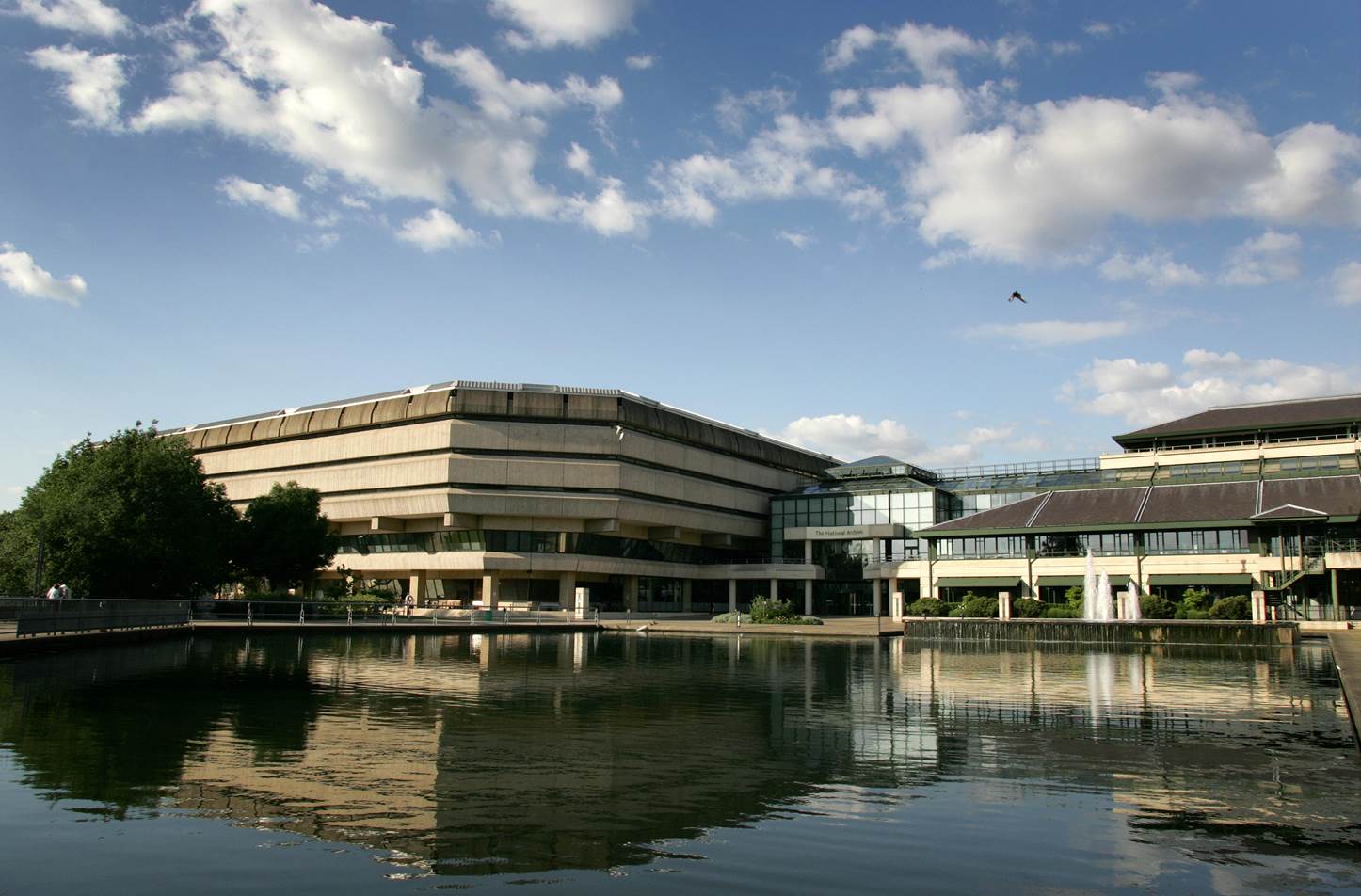Government must eliminate ageing tech to ensure it is not left behind by society at large, believes Sascha Giese of SolarWinds
Credit: PA
Keeping up with the pace of change dictated by technology can be hard work for individuals and organisations alike. It can be time-consuming, expensive, and disruptive. In the case of the public sector, down the years and across governments of every persuasion, it’s never been a consistent priority.
But where are we today? The recently announced Government Technology Innovation Strategy revealed plans for using emerging digital tech across the public sector. It covered a lot of ground, and one of its central points underlined the need—and intention—to deal with the considerable problems caused by legacy technology.
Understanding the scope of the task is difficult.
There’s no doubt UK public sector IT infrastructure is held together by significant layers of legacy tech. Indeed, part of the strategy involves “working to understand the scale of our challenge across government, and put in place plans to continuously improve our technology estate.”
But why bother – is it really imperative for the government to ride the wave of technology innovation? Surely the best use of public sector money is to spend it on technology that doesn’t need fixing unless it breaks; it might not be at the cutting edge, but as long as it works, that’s the main thing, right?
Related content
- Can the GDS innovation strategy deliver a lasting legacy for government?
- DWP legacy migration ‘will take many years’
- National Crime Agency seeks tech leader to spearhead ‘transition away from legacy’
But this is how the public sector can end up getting left behind by the society it serves.
Unfortunately, legacy technology puts a brake on the ability of government to effectively meet the needs of its citizens. Our modern, tech-driven society doesn’t like moving at the speed of its slowest elements, so the direction of travel is now focused on identifying and replacing legacy tech.
But the challenges are considerable. Anywhere it exists, legacy tech can bring with it an unwanted collection of deeply embedded problems. When they’re present within organisations as large and complex as those in the public sector, the technical and financial issues are intimidating.
Let’s take one of the most important: security. No one would claim that by simply modernising legacy technology, security will become a non-issue. Organisations universally acknowledged as tech innovators also suffer the most egregious security breaches. But legacy technology can leave gaping holes in the security of IT systems.
Window of opportunity
For example, we are less than six months before Windows 7 – an operating system widely used across the public sector – goes end of life. At that point, Microsoft will stop providing security updates and support for the product, and users will have a choice of paying for extended support, upgrading to the current version of Windows, or sticking with what they’ve got and hoping nothing terrible happens. Either way, it brings into focus the reality that legacy technology is an inevitable, and desirable, consequence of innovation and progress.
Similarly, applications written to work on legacy platforms become significantly less compatible with other key elements of IT infrastructure as they age. This can impede the work of individuals, teams, or entire departments, and it places the public sector in a particularly tough corner because they run such an extensive estate of specialised and tailored legacy apps.
Rewriting those applications from scratch to ensure compatibility with modern platforms can be extremely expensive. It’s perhaps understandable that successive governments have seen their spending priorities elsewhere, but this problem is becoming more acute over time to the point where we find ourselves today.
The challenges are considerable – anywhere it exists, legacy tech can bring with it an unwanted collection of deeply embedded problems
They also become more expensive to support. It’s inevitable that the knowledge and experience needed to maintain niche, ageing legacy technologies will become more difficult to source the longer it’s used. On their own, these issues are bad enough, but together, they can compound each other to stand in the way of important public service delivery.
On the flipside, newer systems, applications, and platforms open a wealth of benefits. Whether it’s bottom-line financial improvements, efficiency gains, or even the positivity of a much better user experience, if the investment delivers demonstrable value for money, all the stakeholders should end up in a better situation than before.
As the strategy pointed out, legacy tech replacement is a never-ending process. Without doubt, a range of technologies, platforms, and services will evolve to replace legacy tech.



